Tag: Idaho National Guard
State, Guard Conduct Cyber Discovery 2024
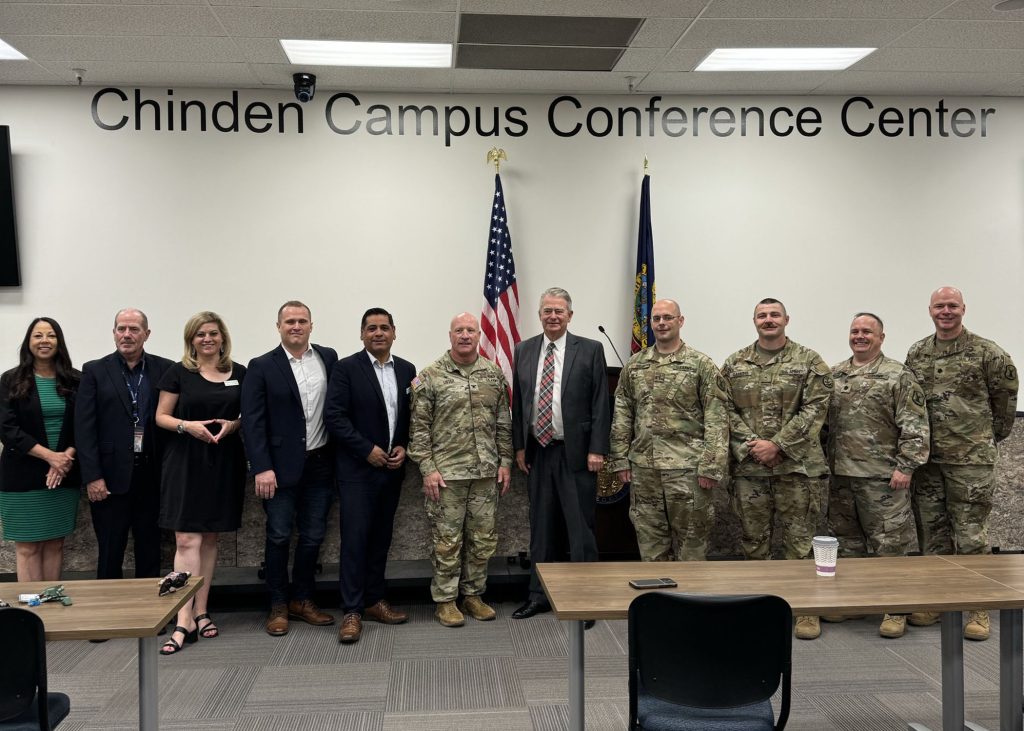
The Idaho National Guard and the Idaho Office of Information Technology Services recently hosted Cyber Discovery 2024 at the state’s Chinden Campus in Boise. Cyber Discovery is a regional cyber exercise focused on security operations, incident tracking and response. The exercise takes place within the framework of the Department of Defense’s Innovative Readiness Training program, enhancing its training value to both the state and Idaho National Guard while saving taxpayer dollars.
“One of the biggest benefits to conducting the training like this is that there’s minimal cost to either party,” said Col. Dan Lister, chief information officer for the Idaho National Guard’s Office of Information Management. “If you were to simulate this, you would be into the millions of dollars.”
During the exercise, 26 Guardsmen from Alaska, Idaho, and South Dakota Army and Air National Guards played the role of cyber threat actors while a team of 19 ITS employees, three Boise State cyber security program students and three Idaho Army National Guardsmen formed a defense team.
“We’re training to rapidly integrate Guard members for that cyber 911 that could come at any time,” said Chief Warrant Officer 4 Jerred Edgar, a defense cyber operations element officer with the Idaho National Guard. “We’re able to use the IRT to form and shape that response and rehearse it with our partners.”
Edgar said the ITS blue team made significant strides in threat detection, synchronized actions, and teamwork over last year’s performance in the exercise.
“Everything we do in these environments produces tangible results that the state can use to reduce cyber threats,” he said. “It’s process improvement, it’s building on efficiencies and identifying effective tools.”
The exercise provides exceptional training value to Guard members as well, said Lister.
“They’re training in a large-scale, real-world environment,” he said. “It really can’t be simulated and it’s very complementary to the skill sets they will use at various military echelon levels wherever they go in the world.”
Brig. Gen. Shannon Smith Selected as Assistant Adjutant General – Air
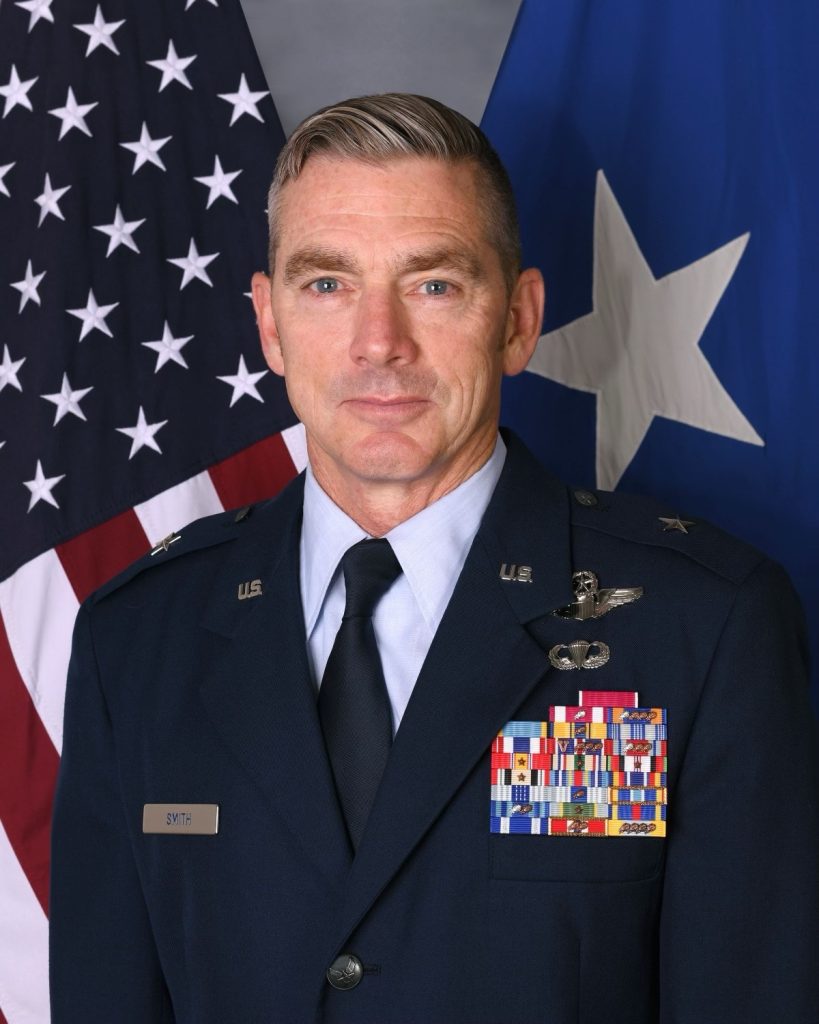
Maj. Gen. Timothy Donnellan is pleased to announce the selection of Brig. Gen. Shannon “Sinjin” Smith as the commander of the Idaho Air National Guard and assistant adjutant general- Air.
Smith replaces Donnellan in the same roles following Donnellan’s promotion to major general and appointment as adjutant general of Idaho and commander of the Idaho National Guard.
Smith previously served as the chief of staff of the Idaho Air National Guard, commander of the 113th Wing in Washington D.C., and commander of the Idaho Air National Guard’s 124th Fighter Wing. Smith has served in the Air National Guard since April 2002, following a decade in the active duty Air Force. As a pilot, he has logged more than 4,200 flight hours in his career and deployed to Afghanistan in support of Operation Enduring Freedom.
As the 124th Fighter Wing commander, Smith guided the wing through supporting the state’s response to the the COVID-19 pandemic while successfully conducting the wing’s second largest deployment in its history. During that 2020 deployment, the 124th Fighter Wing supported four named operations across 18 different locations, flying nearly 600 combat hours with no mishaps and a 100 percent weapons hit rate with no collateral damage.
Maj. Gen. Timothy J. Donnellan becomes Idaho’s 26th adjutant general
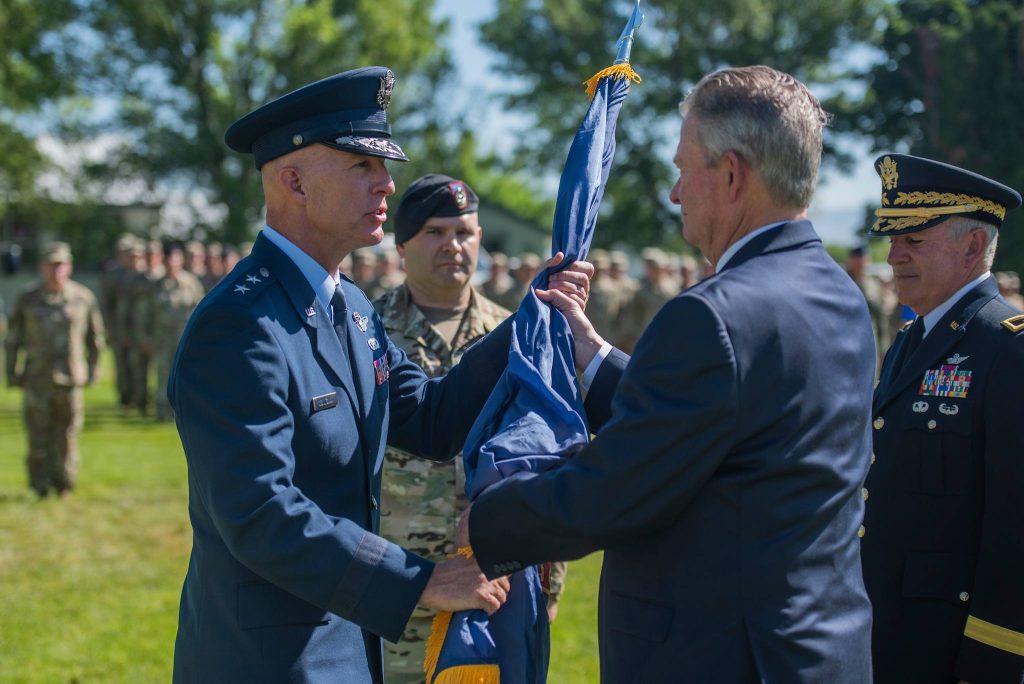
Guardsmen, Volunteers Clean Up Birds of Prey National Conservation Area
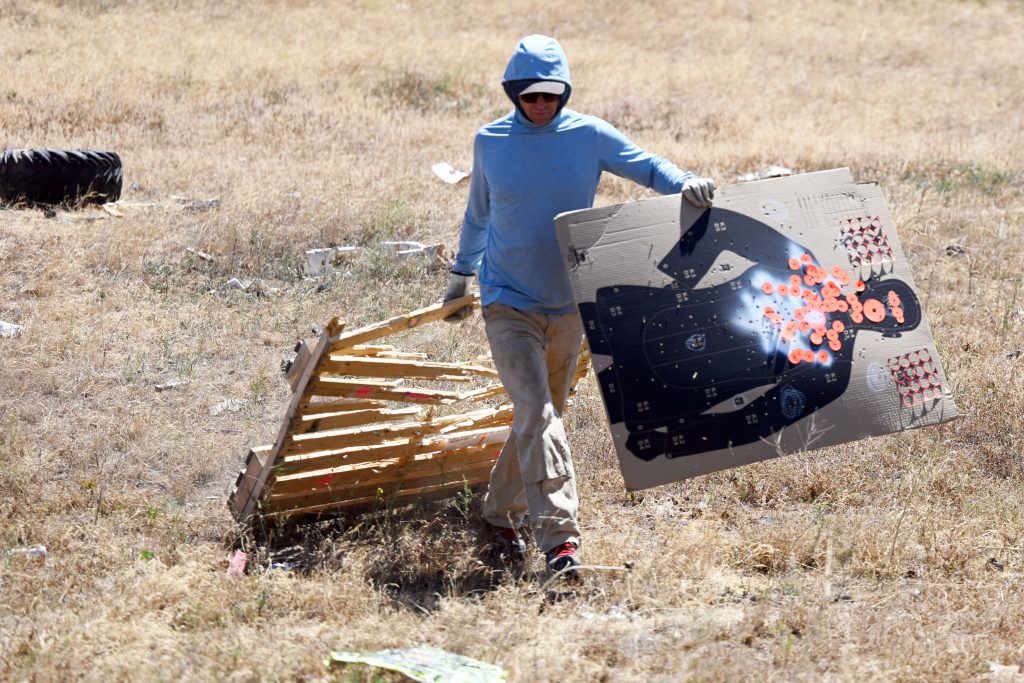
Idaho National Guard Participates in 13th Annual Return of the Boise Valley People
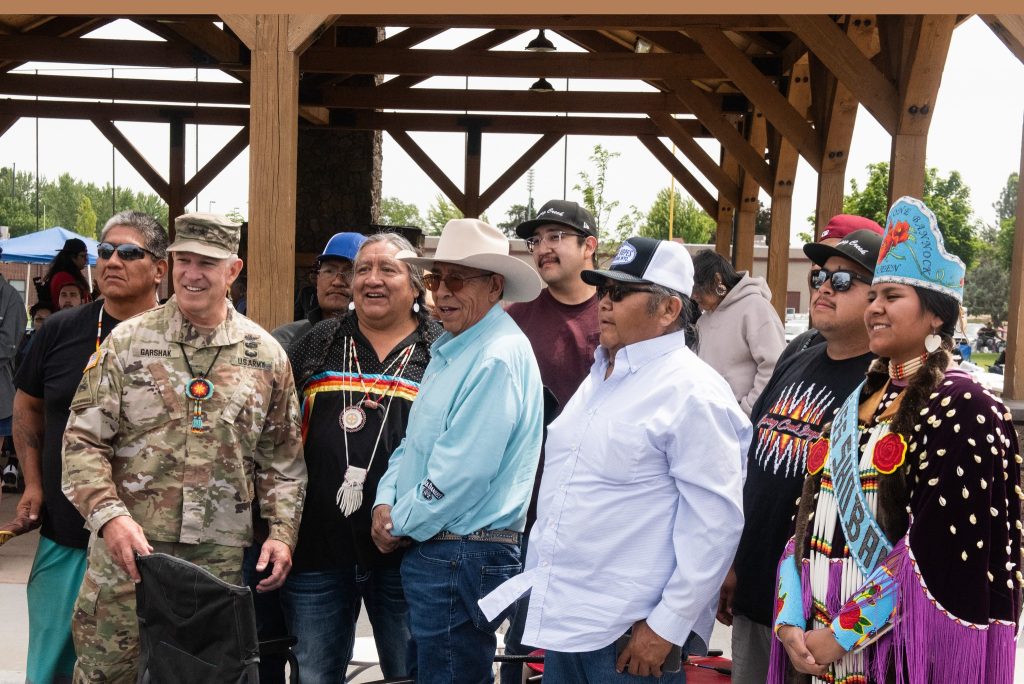
Idaho Medical Airmen Train in Field to Boost Readiness
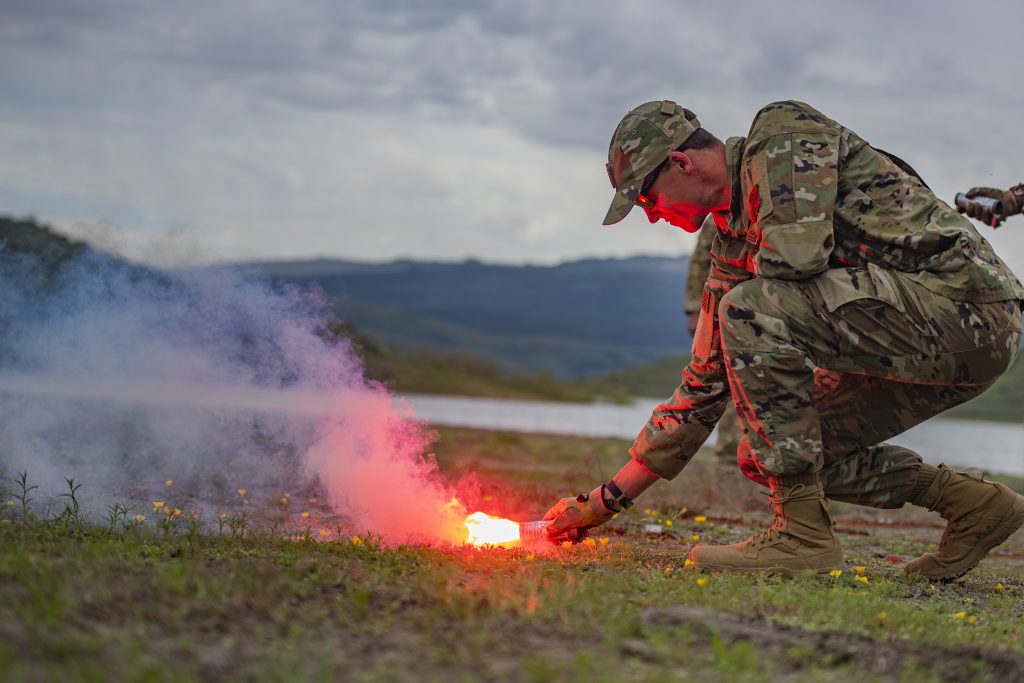
MOUNTAIN HOME, Idaho – Airmen from the Idaho Air National Guard’s 124th Medical Group trained in a field environment near Little Camas Reservoir in Elmore County June 5-8 to prepare for future deployments.
“The intent for this field training was to get the entire medical group exposed to the field environment for deployment readiness, as well as pushing comfort zones and team building,” said Maj. Mark Urban, critical care air transport team physician.
About 65 medical personnel practiced treating and stabilizing casualties using tactical combat casualty care in a simulated deployed location while defending medical structures and personnel.
Master Sgt. Raymond Perez, 124th Fighter Wing survival, evasion, resistance and escape specialist, trained the Airmen to survive in intense situations in unfamiliar surroundings.
“The medical teams will be geographically separated from the hospitals while deployed, functioning from a forward operating base,” said Perez. “I am training them on personal protection, clothing, building shelters, building fires, mental and physical health, environmental safety and protection, water purification and food sustenance. We are going to find food in the area, anywhere from vegetation on the ground to hunting animals that we will cook and eat.”
Medical personnel focused on tactical combat casualty care, point of injury, patient packaging, calling in a 9-Line medevac, patient movement, ground treatment and prolonged field care. Perez trained them on map and compass skills, signaling and recovery and making ground-to-air signals with flares for air rescue.
Idaho National Guardsmen, German JTACs reinforce relationships through training
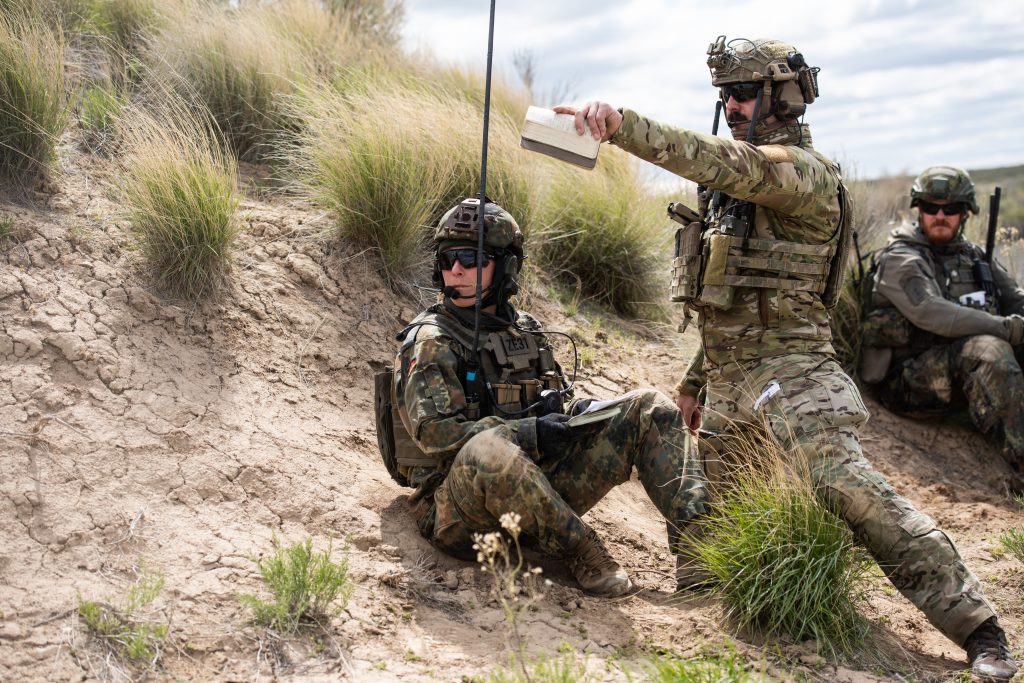
In 2015, an enlisted Idaho Air National Guardsman and a German Army lieutenant attended the same Joint Terminal Attack Controller Qualification Course and began a friendship that has had international implications for the past eight years. The two engaged in a series of conversations throughout their time at the course that resulted in a lasting partnership between the Idaho National Guard and the German military.
Master Sgt. Justin Clark, a senior airman at the time, is now a JTAC program coordinator with the 124th Air Support Operations Squadron. Clark said he immediately began looking for opportunities to bring the lieutenant’s unit to Idaho upon his return from the course. He said his unit commander’s support was key to guiding him through the process of coordinating and facilitating the German JTAC unit’s first visit to Gowen Field in the spring of 2016. The unit has returned every year since.
“The win, where it gets better every year, is the partnership,” said Clark. “We share lessons learned, and everyone’s experience culminates to make both parties better.”
This year, soldiers and airmen from Germany’s Joint Terminal Attack Controller Competence Center partnered with the Idaho Air National Guard’s 124th Fighter Wing to conduct close air support training at the Saylor Creek and Juniper Butte Ranges, Idaho, May 1-18. Idaho Army National Guard UH-60 pilots and crew also supported portions of the training, adding another layer of realism to the German troops training and further expanding their nearly decade-long partnership. The joint training incorporated NATO tactics, techniques and procedures, utilizing A-10 Thunderbolt II aircraft to prosecute targets ranging from armor, artillery, bunkers, simulated enemy combatants, moving targets, surface to air threats and more.
The visiting joint terminal attack controllers coordinate, integrate and direct the actions of combat aircraft engaging in close air support operations and joint fire observers, who augment JTACs by relaying target data. Leading them was Clark’s former classmate, Maj. Andreas Marx. Now a JTAC instructor himself, he said taking advantage of Idaho’s vast military range complex to enhance his unit’s training and further strengthen the international partnership is a win-win partnership.
“The CAS training opportunity that we have here, in conjunction with our partners from the 124th Fighter Wing is invaluable to us,” Marx said. “We do focus our training very much on large scale combat operations scenarios in the European theater of operations. Our partnership provides both sides with a common understanding and shared TTPs that will be of utmost importance during possible future conflicts with near-peer enemies.”
Located approximately 43 miles southeast of Gowen Field, Saylor Creek Range offers an impact area three miles wide by six miles long, where air and ground assets can employ live munitions.The Juniper Butte Range is located on 110,000 acres in southern Idaho and is covered with simulated hostile radar facilities, most of which are moveable electronic “threats. The range complex consists of two mock surface to air missile site targets in two strafe pits, a command site, a mock rail yard protected by two SAM sites, a radar/radio jamming tower and a range maintenance depot.
Master Sgt. Dennis Goettel, a joint fires platoon sergeant with the German Army, said the training site is unlike anything they have in Germany.
“In Germany, our soldiers never get into realistic situations like they do in Idaho because of training restrictions,” said the platoon sergeant. “It helps our soldiers to see live munitions hit their targets because then they know what they say to pilots really matters.”
In addition to the training, 124th ASOS Airmen and their German guests participate in other military exchange activities. This year, the units completed German and ASOS physical fitness assessments, and the Germans conducted shoot-and-move 9mm pistol and M4 carbine qualification courses for the Guardsmen.
Clark said the unit is expected to return to Gowen Field for another training event in August, when it will fully integrate with the 124th ASOS to conduct full mission profiles encompassing the squadron’s focus points – shoot, move, communicate, practice combat medicine and fitness.
Air Force’s 582nd Helicopter Group trains at OCTC
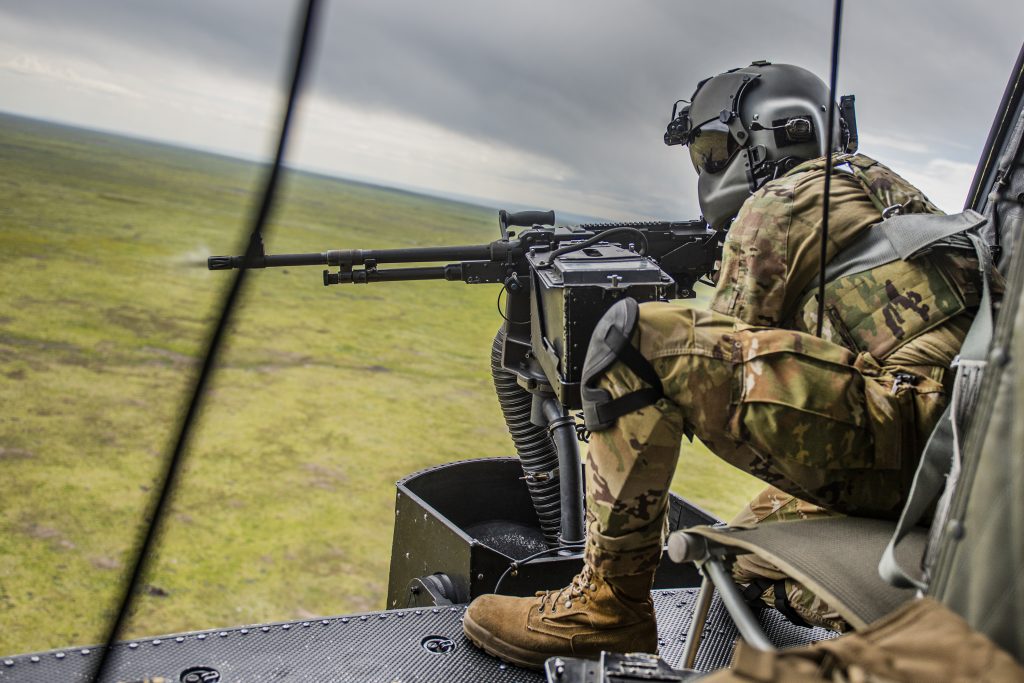
The Air Force’s 582nd Helicopter Group, conducted aerial gunnery training at the Orchard Combat Training Center April 15-26 to ensure its pilots and flight engineers are ready and able to provide airborne security operations.
The squadron, headquartered at F.E. Warren Air Force Base in Cheyenne, Wyoming, is geographically separated with squadrons in Montana, North Dakota and Wyoming, Its members fly security response missions, enabling key Task Force 214 operations supporting nuclear security missions for 450 intercontinental ballistic missile sites throughout the region.
The training, which incorporated elements from all three states, serves a dual purpose, said Air Force Capt. Nick Curren, a UH-1N Huey pilot and mission commander for the training evolution. Flight engineers are focused on conducting pre-flight weapons checks, remediating weapons malfunctions and engaging targets on the range, while pilots are focused on maneuvering the aircraft to maximize engineers’ opportunities for success. The end result should be a tighter, more proficient crew.
Curren, along with many of his fellow Airmen, is training at the OCTC for the first time. Most of the squadron’s similar training exercises take place at bases in Canada, Minnesota, Utah and Wyoming, but the OCTC’s reputation and amenities made the decision to train in Idaho an easy one, he said.
“We’ve only ever heard good things about the range,” said Curren. “This is also my first time as a mission commander, and the people here have been great about answering all my questions and helping me make sure we are doing everything we need to do to make this a success.”
Idaho’s OCTC is a premier joint combined arms training site with 171,000 acres and 23 world-class ranges.
Youth ChalleNGe Academy breaks ground on new barracks

The Idaho Youth Challenge Academy broke ground on a new barracks building April 9 in Pierce. Representatives from the Idaho National Guard gathered for the ceremony along with staff members from Gov. Brad Little’s office.
The $13.5 million, 18,000 square foot building will replace temporary billeting facilities currently in use at the academy. The new barracks also allows for potential expansion of the program with room to house up to 180 students and cadre.
Academy Director Trevor Sparrow said building strong relationships has been an important aspect of its success and growth over the years.
“We are so grateful for the support of all of our partners around the state from the cadets who attend, their families, local businesses and communities, the Idaho State Legislature and the Governor’s office,” said Sparrow. “This building solidifies the commitment that Idaho has to ensure the Idaho Youth ChalleNGe Academy stands ready to ensure a legacy of excellence for decades to come.”
The Idaho Youth ChalleNGe Academy opened its doors in 2014 with the mission “to intervene in and reclaim the lives of at-risk youth to produce program graduates with the values, skills, education and self-disciple necessary to succeed as responsible and productive citizens and adults.” Since then, the academy’s focus on providing education and developing employment and life skills among its student body has helped more than 2,000 Idaho youth earn traditional or general education diplomas.
Maj. Gen. Michael Garshak, Idaho adjutant general and commander of the Idaho National Guard, served as the presiding official during the ceremony.
“Two thousand and seventy-five young men and women from the state of Idaho have completed this and have really improved the citizenship and the future for our state,” said Garshak. “It’s time now that we move out of a temporary facility and build permanent barracks because I think the Youth ChalleNGe Academy has demonstrated that it is here to stay.”
The project is slated to be completed in November 2025.
Bolt assumes command of Alpha Company ‘Animals’
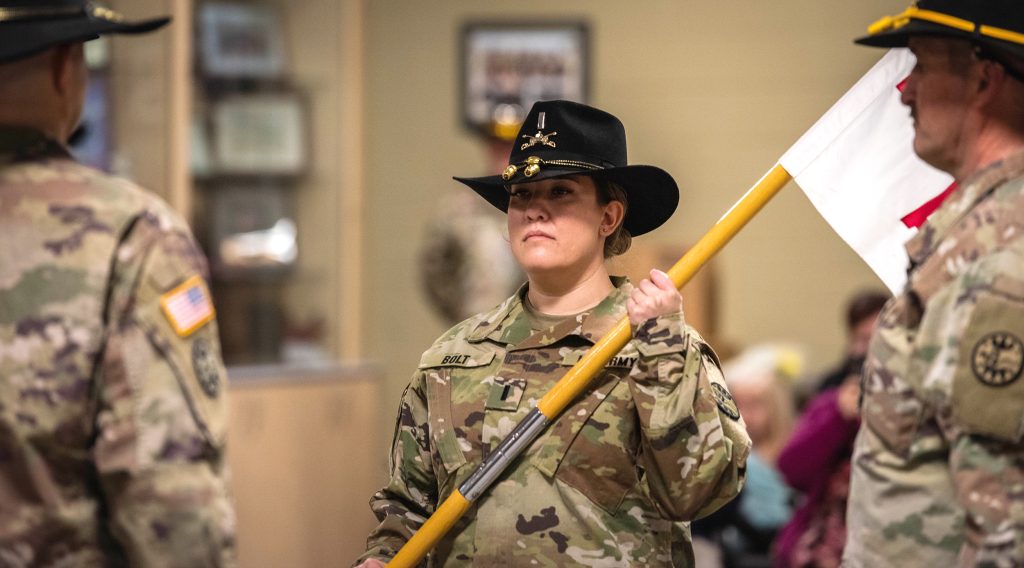
1st Lt. Lauren Bolt became the first female Idaho National Guard Soldier to command a line unit in the 116th Cavalry Brigade Combat Team when she took her post as the commanding officer of Company A, 2-116th Combined Arms Battalion during a Feb. 26 change of command ceremony at the unit’s headquarters in Emmett, Idaho. The 2-116th is headquartered in Caldwell with units in Emmett and Nampa.
“I’m excited to be joining Alpha Company as their new commander,” said Bolt. “For the rest of this year, we have a lot to accomplish. However, I have nothing but trust, faith and confidence in the team that Capt. Edwards and 1st Sgt. Taft Bearden have built.”
Bolt, who has since been promoted to captain, relieved Capt. Arthur Edwards, who has led the unit since August 2020. Bolt enlisted in the Nevada National Guard in 2015 and initially served as a motor transport operator. She was commissioned in May 2017 as an armor officer through the University of Nevada, Las Vegas ROTC program and began her career with the Idaho National Guard as a platoon leader for Company B, 2-116th CAB. In 2019, then 2nd Lt. Bolt made Idaho history when she and fellow 2nd Lt. Brooke Berard graduated from the U.S. Army’s Armor Basic Officer Leaders Course as the state’s first two female armor officers. She has since served as the executive officer of both Company B and Headquarters and Headquarters Company. In Bolt’s most recent post she served as the battalion’s maintenance officer during its deployment in support of Operation Spartan Shield.
“I am confident in her ability to continue the Animal Company’s legacy of mission success.,” said Lt. Col. Barrett Bishop, 2-116th CAB commanding officer. “I was the battalion executive officer when Lauren was a new platoon leader, and she has developed herself well in Army competence and personal tact.”
The Army opened combat arms jobs to female Soldiers in 2015. Over the past decade, Idaho National Guardsmen have transitioned into career fields not previously open to them or reached new heights in their fields while continuing to ensure the organization remains “Always Ready, Always There” to respond to emergencies at home and abroad.
In 2014, Maj. Kimberly Tschepen became the state’s first female Soldier to command a battalion when she took command of the 145th Brigade Support Battalion and Command Sgt. Maj. Linda Burkhart became the state’s first female command sergeant major in 2015.
In 2015, Idaho Guardsman 1st Sgt. Erin Smith became the first female enlisted Soldier in the nation to graduate from M1 Armor Crewman School. Following her, Staff Sgt. Kylene Huerta completed the same course and became the first female Soldier to be assigned to the 116th CBCT as a tank crew member.
In 2017, Sgt. 1st Class Melanie Galletti graduated from the U.S. Army’s Infantryman Course as the Idaho National Guard’s first qualified female enlisted infantry Soldier. That same year, Col. Lora Rainey was appointed as the state’s first female staff judge advocate.
In 2019, 2nd Lt. Jessica Pauley became the state’s first female infantry officer.
Edwards’ departing remarks focused on reminding Company A Soldiers of their accomplishments and the pride he felt as their commander over the past two years.
“From day one, I have been beyond impressed with the professionalism and dedication of Alpha Company Soldiers,” said Edwards. “We have supported local and national callings, all while being part of an all-volunteer force … and I could not be prouder of serving alongside those volunteers.”
 Official Government Website
Official Government Website